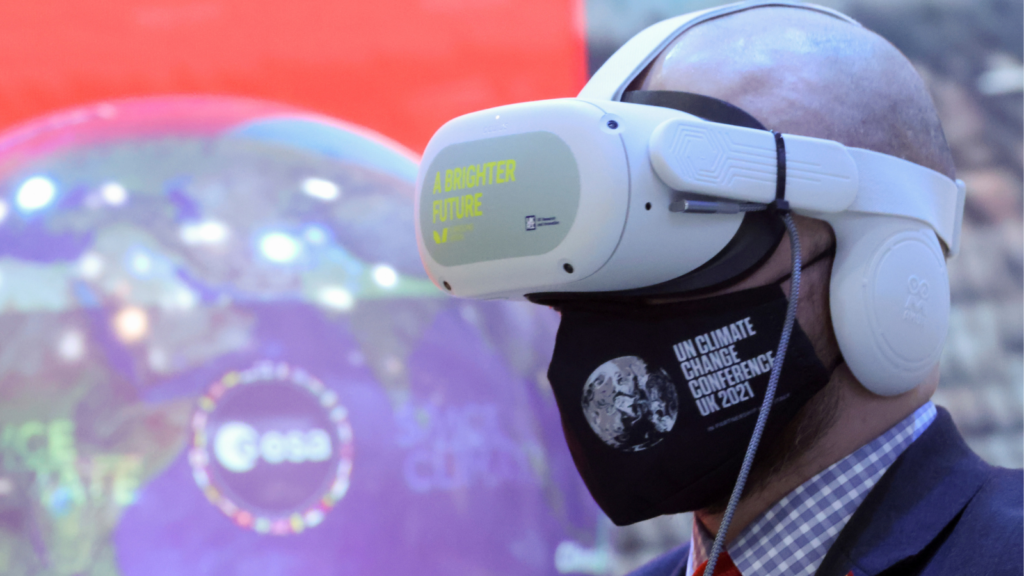The radio industry has always been dynamic, adapting to changes in technology, audience behavior, and market trends. As we move further into the digital age, radio continues to evolve, embracing new opportunities and challenges on a global scale. In this article, we’ll explore some of the key trends shaping the radio industry worldwide, from the rise of digital broadcasting to the growing importance of podcasting and streaming.
1. Digital Broadcasting Takes Center Stage
One of the most significant trends in the global radio industry is the transition from analog to digital broadcasting. Digital radio offers several advantages over traditional analog broadcasting, including higher audio quality, improved reception, and the ability to transmit additional data such as song information, artist details, and album artwork.
Countries around the world are investing in digital radio infrastructure and implementing digital radio standards such as DAB (Digital Audio Broadcasting), HD Radio, and DRM (Digital Radio Mondiale) to support the transition to digital broadcasting. Digital radio offers listeners a wider choice of channels and services, including multicast channels, interactive features, and on-demand content, enhancing the overall listening experience.

2. Rise of Podcasting and On-Demand Audio
Podcasting has exploded in popularity in recent years, emerging as a major force in the global radio industry. Podcasts offer listeners a convenient and customizable way to consume audio content on-demand, covering a wide range of topics and genres, from news and politics to entertainment, education, and beyond.
The growing popularity of podcasts has led to increased investment in podcast production and distribution, with media companies, broadcasters, and independent creators all vying for listeners’ attention. Major streaming platforms such as Spotify and Apple Podcasts have made significant investments in podcasting, acquiring exclusive rights to popular shows and investing in original content production.
3. Localization and Personalization
As the radio industry becomes increasingly globalized, there is a growing emphasis on localization and personalization to meet the diverse needs and preferences of listeners around the world. Radio stations are tailoring their programming and content to appeal to local audiences, offering region-specific music, news, and cultural programming.
Moreover, advancements in technology and data analytics are enabling radio broadcasters to personalize the listening experience for individual listeners, delivering targeted content and advertisements based on their interests, demographics, and listening habits. This personalized approach helps radio stations build stronger connections with their audience and increase listener engagement and loyalty.
4. Convergence with Streaming and Digital Platforms
The lines between traditional radio broadcasting and digital streaming platforms are becoming increasingly blurred, as radio stations embrace streaming technology to reach audiences across multiple platforms and devices. Many radio stations now offer online streaming options, allowing listeners to tune in via their computers, smartphones, smart speakers, and other connected devices.
Furthermore, digital streaming platforms are incorporating radio-like features into their services, offering curated playlists, live radio streams, and personalized recommendations alongside on-demand music and podcasts. This convergence of radio and streaming platforms is creating new opportunities for collaboration and innovation in the global radio industry.
5. Embracing New Technologies

Radio broadcasters are embracing new technologies such as artificial intelligence (AI), voice recognition, and smart speakers to enhance the listening experience and streamline operations. AI-powered algorithms are being used to analyze listener data, recommend content, and optimize programming schedules, helping radio stations deliver more targeted and engaging content to their audience.
Voice-activated smart speakers such as Amazon Echo and Google Home are also changing the way people listen to radio, providing convenient hands-free access to live streams, podcasts, and on-demand content. Radio broadcasters are optimizing their content for voice search and developing interactive voice experiences to engage with listeners on these emerging platforms.
As the global radio industry continues to evolve, broadcasters must adapt to changing technologies, consumer preferences, and market dynamics to remain competitive and relevant. By embracing digital broadcasting, investing in podcasting and on-demand audio, personalizing the listening experience, converging with streaming platforms, and embracing new technologies, radio broadcasters can navigate the challenges and opportunities of the digital age and continue to thrive in the global marketplace.
Ultimately, the future of radio lies in innovation, creativity, and adaptability. By staying ahead of the curve and embracing new trends and technologies, radio broadcasters can continue to captivate audiences, connect communities, and inspire change around the world.

